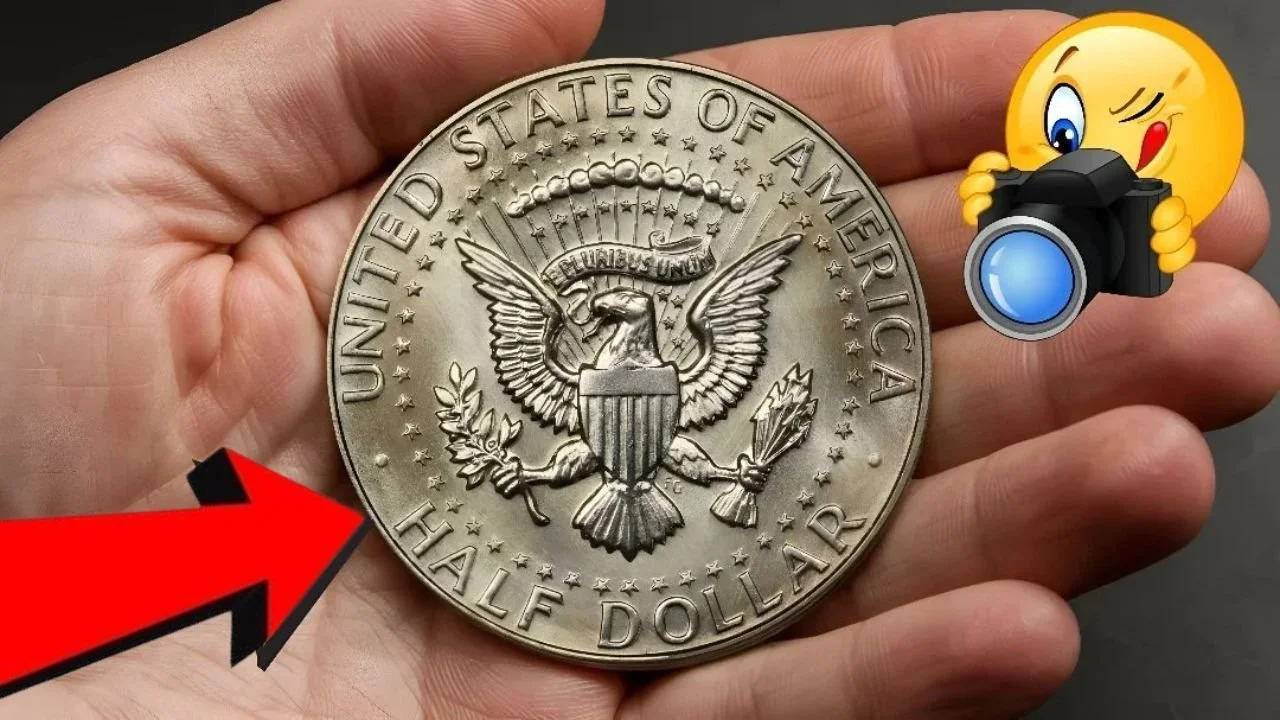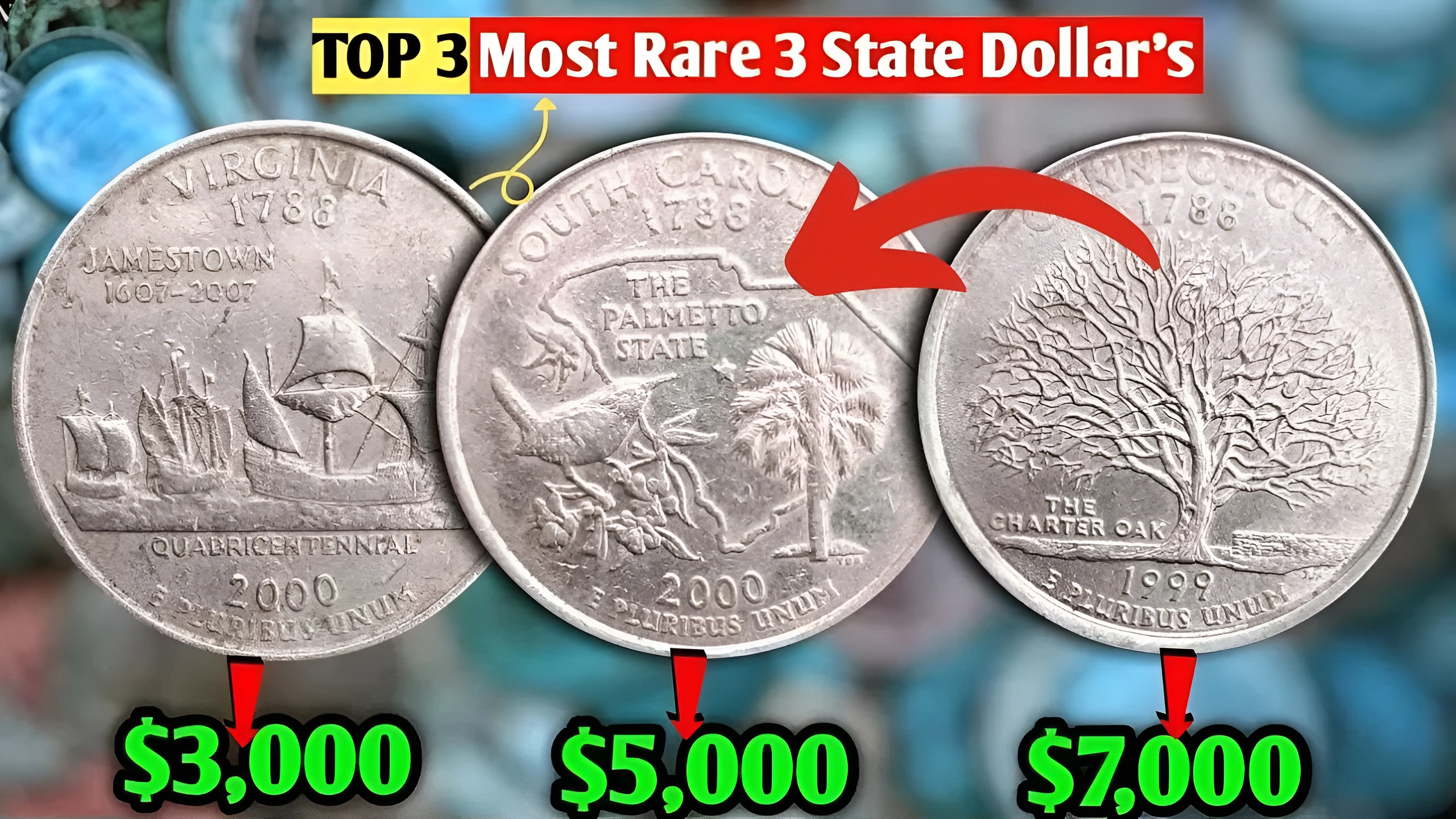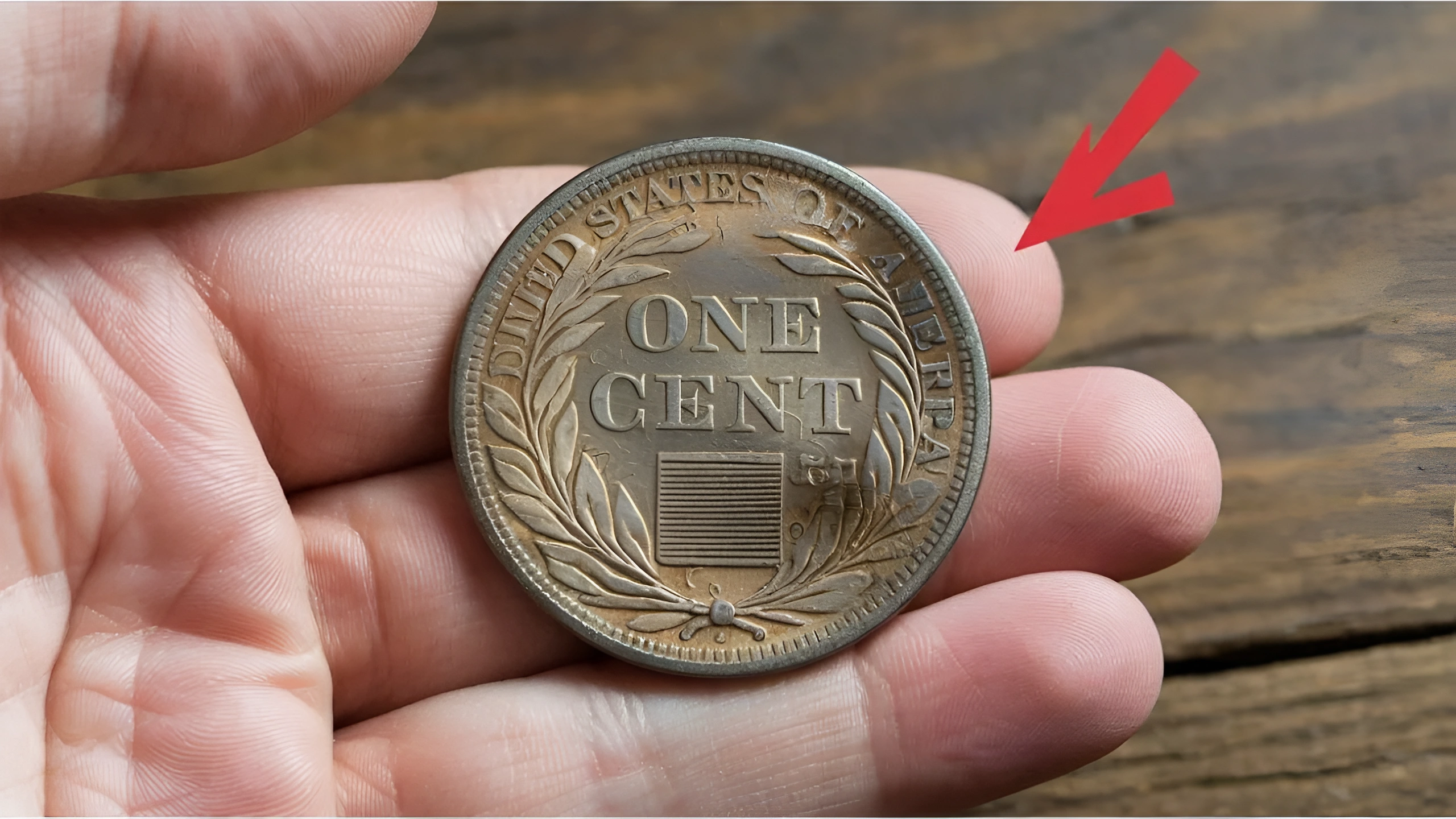
Table of Contents
ToggleGlobal Ocean Cleanup Initiatives: Tackling Marine Pollution for a Sustainable Future
The oceans, covering more than 70% of the Earth’s surface, are vital to life on our planet. They regulate the climate, produce oxygen, and provide food and livelihoods for billions of people. However, our oceans are under threat from marine pollution, with over 8 million tons of plastic waste entering them every year. From plastic bottles and discarded fishing nets to microplastics, these pollutants harm marine life, disrupt ecosystems, and even enter the human food chain.
In response to this crisis, numerous global ocean cleanup initiatives have emerged. These efforts, led by governments, non-profits, corporations, and local communities, aim to reduce ocean pollution, protect marine biodiversity, and restore the health of our seas. Let’s explore some of the most impactful initiatives and their contributions to safeguarding our oceans.

1. The Ocean Cleanup Project
One of the most prominent and ambitious ocean cleanup initiatives is The Ocean Cleanup, founded in 2013 by Dutch inventor Boyan Slat. This non-profit organization focuses on two main objectives:
- Cleaning Up Existing Ocean Pollution: Using advanced technologies like the “System 002,” a U-shaped barrier that passively collects plastic debris in the ocean, The Ocean Cleanup targets major garbage patches, such as the Great Pacific Garbage Patch, which contains an estimated 1.8 trillion pieces of plastic.
- Preventing Plastic from Reaching the Ocean: Through their “Interceptor” systems, The Ocean Cleanup also tackles river pollution. These solar-powered devices are deployed in some of the world’s most polluted rivers to capture plastic waste before it flows into the ocean.
As of 2023, The Ocean Cleanup has successfully removed tens of thousands of kilograms of plastic from the ocean and intercepted millions of kilograms from rivers.
2. Global Ghost Gear Initiative (GGGI)
Abandoned, lost, or discarded fishing gear—commonly referred to as “ghost gear”—is one of the most harmful types of marine pollution. It entangles marine animals, damages coral reefs, and continues to catch fish indefinitely, contributing to overfishing.
The Global Ghost Gear Initiative (GGGI), launched in 2015, is an alliance of governments, NGOs, and private companies working to combat ghost gear. Their efforts include:
- Developing sustainable fishing practices to reduce gear loss.
- Supporting the recovery and recycling of ghost gear.
- Advocating for global policies to address ghost gear pollution.
By tackling this specific but critical issue, GGGI plays a vital role in protecting marine ecosystems and reducing unnecessary harm to marine wildlife.
3. Seabin Project
The Seabin Project offers a simple yet effective solution for cleaning up coastal waters. Seabins are floating trash bins installed in marinas, harbors, and ports that collect debris from the water’s surface. These bins can remove plastics, oils, and other pollutants, helping to keep waterways clean.
Since its inception in 2017, the Seabin Project has expanded globally, with thousands of Seabins installed in over 50 countries. The project not only removes waste but also collects data on marine pollution, contributing to research and advocacy for cleaner oceans.
4. Parley for the Oceans
Parley for the Oceans is an environmental organization that emphasizes collaboration between designers, artists, and environmentalists to raise awareness and drive action against ocean pollution. They are best known for their “Parley AIR Strategy”:
- Avoid: Reduce the use of single-use plastics and other harmful materials.
- Intercept: Collect and recycle marine debris.
- Redesign: Innovate sustainable materials and solutions.
Parley has partnered with global brands like Adidas to create products from recycled ocean plastic, such as sneakers and apparel, turning waste into something valuable while promoting awareness of ocean pollution.
5. International Coastal Cleanup (ICC)
Every year, the International Coastal Cleanup (ICC), organized by the Ocean Conservancy, brings together millions of volunteers to clean beaches and waterways worldwide. Participants collect trash and document the types and amounts of waste found, providing critical data for policymakers and researchers.
The ICC has removed over 300 million pounds of trash from beaches and waterways since its inception in 1986. Its grassroots approach empowers communities to take action and inspires local stewardship of coastal areas.
6. Plastic Bank
Plastic Bank takes a unique approach by addressing ocean pollution while simultaneously fighting poverty. It incentivizes communities, particularly in developing countries, to collect ocean-bound plastic waste by offering financial rewards or essential goods in exchange for collected plastic.
The collected plastic is recycled and transformed into “Social Plastic®,” which companies can use to produce sustainable products. By monetizing waste, Plastic Bank creates a circular economy that benefits both people and the planet.
7. Marine Litter Action Plan by the United Nations
The United Nations Environment Programme (UNEP) has been a global leader in addressing marine litter through initiatives like the Global Partnership on Marine Litter (GPML). This partnership focuses on reducing plastic waste, promoting sustainable waste management practices, and encouraging international collaboration to tackle marine pollution.
The UN’s Clean Seas Campaign, launched in 2017, has also played a crucial role in raising awareness and mobilizing governments, businesses, and individuals to reduce plastic consumption and improve recycling systems.
8. Local Community-Led Cleanup Efforts
In addition to large-scale initiatives, local cleanup efforts play a vital role in tackling marine pollution. Community-driven programs, such as beach cleanups organized by schools, NGOs, and grassroots groups, not only remove waste but also educate participants about the importance of protecting marine environments.
These efforts often serve as gateways for individuals to become more involved in environmental advocacy, fostering a culture of conservation at the local level.
9. Challenges and the Road Ahead
While these initiatives are making significant strides in addressing ocean pollution, challenges remain:
- Scale of Pollution: The sheer volume of plastic entering the ocean each year requires coordinated global efforts to make a meaningful impact.
- Lack of Infrastructure: Many countries, especially in developing regions, lack proper waste management systems, contributing to the problem of ocean-bound plastic.
- Microplastics: Tiny plastic particles are more difficult to clean up and pose a significant threat to marine ecosystems and human health.
To overcome these challenges, a multi-pronged approach is needed—one that combines innovation, education, policy change, and individual action. Governments, businesses, and individuals must work together to reduce plastic production, improve waste management, and promote sustainable consumption.
10. Conclusion: A Collective Responsibility
The health of our oceans is vital to the health of our planet. While global ocean cleanup initiatives are making significant progress, they cannot succeed alone. Every individual has a role to play—whether by reducing single-use plastics, participating in local cleanups, or supporting organizations working to protect marine environments.
The fight against ocean pollution is far from over, but with continued innovation, collaboration, and commitment, we can turn the tide and ensure that our oceans remain vibrant, life-sustaining ecosystems for generations to come. Let’s all do our part to protect the blue heart of our planet.








